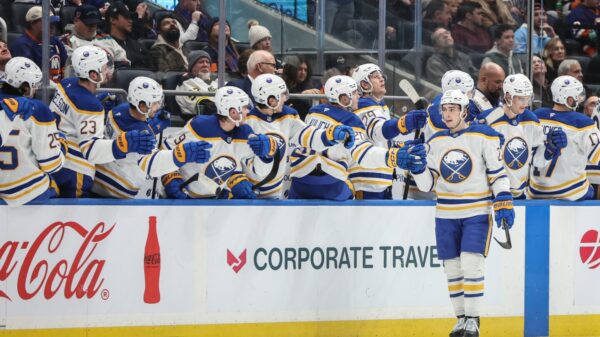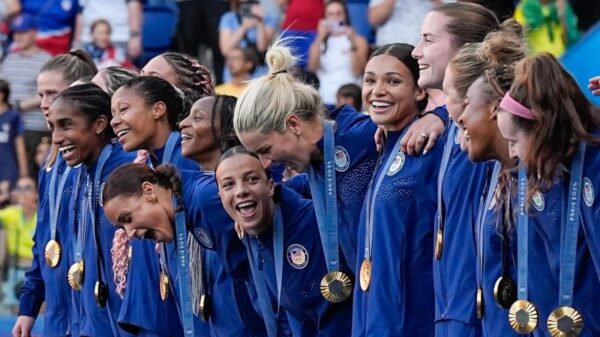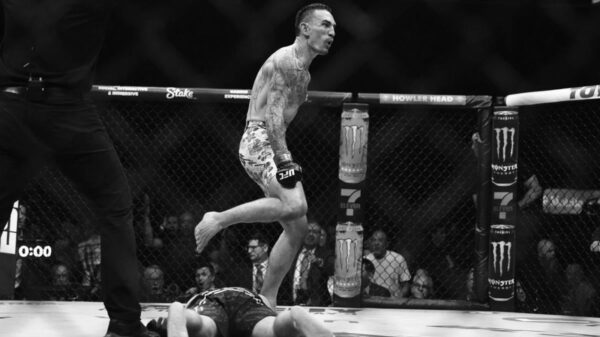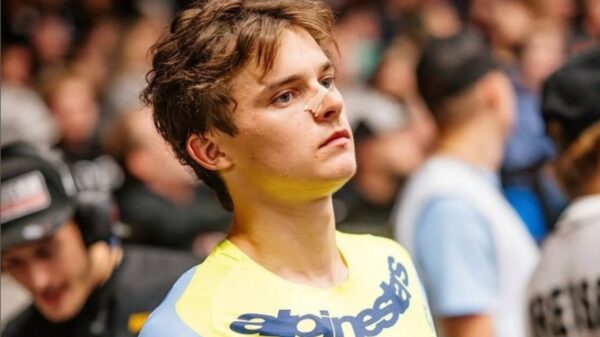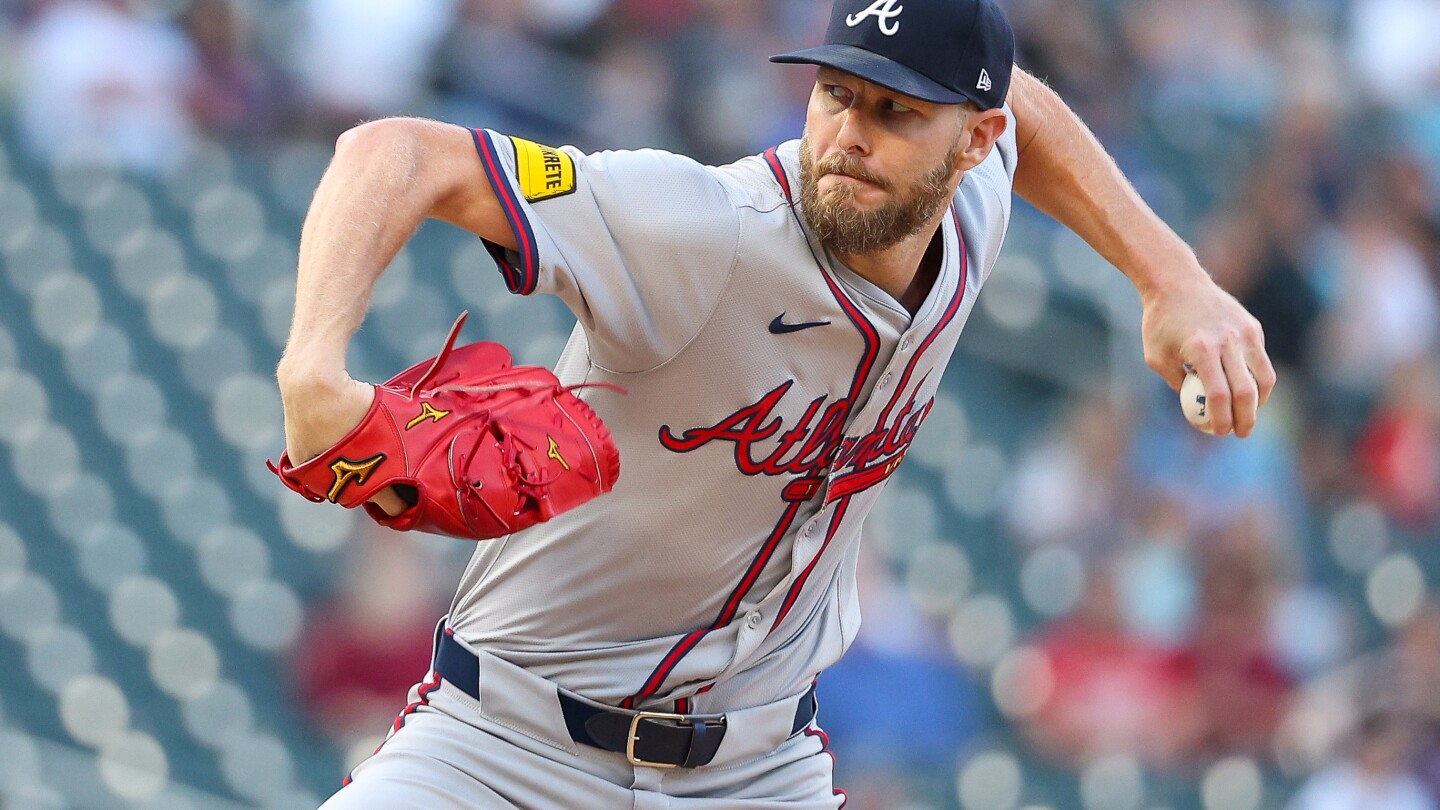The 2024 fantasy baseball season is over. The seven-month (and really longer) grind is done and after taking a couple of days to breathe and watch playoff baseball, I looked back over what things transpired for me this season to see if I could find any lessons that would make me better in the next years of playing this game.
Throughout the year, I’ve been writing articles where I take stock of all my teams, and this will be a bit similar but I won’t break down each individual league. Overall, I’m happy with how I did. I don’t play as many high-stakes leagues as some of my colleagues, but I finished in the top three in all of my NFBC leagues except for one of my OC’s (12-team leagues) thanks partly to drafting Ronald Acuna Jr. and Ozzie Albies. Serves me right as a New Yorker.
I made the playoffs in a couple of head-to-head leagues but couldn’t capitalize. My home league team had an abysmal final month after injuries to Austin Riley, Rafael Devers, Vinnie Pasquantino, and Corey Seager (it’s a keeper league), and I couldn’t pull the right strings on the waiver wire to cling to my place near the top of the standings. But that’s the purpose of an article like this. What worked on my teams that succeeded? What hurt me on the teams where I didn’t place well? How can I give myself the best chance for success next year?
We’ll cover all of that here with a few of my key lessons learned from the 2024 fantasy baseball season.
Embrace the Volatility of Starting Pitching
One of the big discussions I had with Nick Pollack on the “On the Corner” podcast coming into the season was about how volatile the starting pitcher landscape is. Nick mentioned that in 2023 about 50% of the top 30 starting pitchers drafted made at least 24 starts during the season. Our takeaway was to embrace the volatility of starting pitchers and stop pretending that we could draft somebody who had some sense of safety. For me, that meant two things: waiting to draft starting pitching and being open to drafting injury-risk starters.
In all of my leagues, including ones off of the NFBC platform, I had zero shares of Gerrit Cole and Spencer Strider and only one share of Zack Wheeler. I had no interest in being the first one to take a starting pitcher and was far more comfortable being one of the last. That led me to a lot of teams with Luis Castillo, Cole Ragans, and Pablo Lopez as my “ace” and even though those guys didn’t all hit, I was drafting them as anywhere from the 7th to 11th starting pitcher off the board, so the draft capital it took to acquire them wasn’t that high. It also was part of a strategy that required me to either double-tap on starters or prioritize starting pitching in rounds 5-8 after I had loaded up on hitters earlier. So even if Pablo Lopez wasn’t elite, he was often on teams with Shota Imanaga, Chris Sale, Bailey Ober, etc.
That ties into my other starting pitching strategy, which was to embrace perceived injury risks. If I believed all starting pitchers were volatile and I was going to wait on starting pitching anyway, then why not gamble on players who had some injury concerns? They might not all work out, but if they did, I’d be getting them at a depressed cost and be able to return plenty of value on my draft pick. That led me to plenty of shares of Sale, Max Fried, Reynaldo Lopez, Luis Severino, and even Imanaga, who was a perceived risk due to being a foreign player not due to injury.
As a result, there was only one league where I finished worse than 5th in overall pitching categories. This is a strategy I’m going to lean into even more in 2025 where it seems like the top two pitchers will be Tarik Skubal and Paul Skenes, who both have little track record of MLB success to fall back on and some past injury concerns of their own. I’ll also likely be open to drafting shares of guys like Jacob deGrom, Shane McClanahan, Bryan Woo, Luis Garcia, Kodai Senga, and other starters with some injury question marks (pending spring training health at least) as long as their draft costs don’t soar into the top 5-10 starters overall.
The Hero RP Strategy
Scott Pianowski and I talked about this on the Rotoworld Baseball show, but this season has me believing that there’s value in approaching the relief pitcher position like we do the running back position in football. Sure, you can go Zero RP and wait to scoop relievers up at the end of your drafts, but then you’re playing the waiver wire every week to find saves, and I don’t need that kind of stress in my life.
You can also go with a Super RP strategy and try to draft two of them early, but I think that leaves you hurting for offense or starting pitching. Instead, I’d rather land my one elite RP early and then wait until the middle rounds of the draft to snag a second, and then the later rounds to take one or two more. If I can come out of a draft with two locked-in closers and a fringey third guy, that seems to be enough to compete in saves.
This year, my most rostered player overall was Mason Miller, who was on over 80% of my teams. I took him as my RP2 in most drafts and RP3 when he fell thanks to the work done by Greg Jewett at Reliever Recon who was reporting in the spring that the A’s were likely to use Miller as their primary closer. Aside from Miller, most of my teams had either Emmanuel Clase, Raisel Iglesias, or Edwin Diaz as the primary closer, and then I had a lot of additional shares of Andres Munoz (also a hat tip to Reliever Recon). Additionally, I believed early on that the Brewers seemed inclined to use Trevor Megill as their main closer until Devin Williams came back so having him as the third closer on a lot of teams after early waiver wire periods paid off as well.
The Hero RP strategy can certainly backfire, as it did two years ago when I drafted a lot of Edwin Diaz and then watched him get hurt in the WBC, but I think this is the best way to get value out of the position while not having to spend so much money on the waiver wire or draft capital in your drafts.
Spend FAAB Early on Players with Track Records of Success
Thanks to Jenny Butler’s suggestion, I tracked all my waiver moves in my NFBC leagues for each week of the season, charting my bids, the winning bids, and my strategy at the time. After the season ended, I went over that list to see which of my waiver moves were the most successful or the least successful. From there, I tried to distinguish a pattern that could help me in future years.
What I noticed was that when I took an early chance on players who had longer track records, those bids paid off. Similarly, when I bid too light on those players and saw them get scooped onto other teams, it was a detriment to my teams. Some of those players who I landed (or missed out on because I was too cautious) were: Luis Garcia Jr., Jurickson Profar, Brenton Doyle, Spencer Turnbull, Brandon Lowe, Paul DeJong, and Jake McCarthy.
While all of these guys may not have had sustained value over the entire season, they were each won with single-digit bids at the time I had them marked on my sheet. I was able to get McCarthy for $5 in a 15-team league. I got Garcia Jr. for $1 in two different 12-team leagues and $4 in a 15-team league. Brenton Doyle was added in a 12-team OC I was in for $9 at the end of April (I dropped the ball there). These are players who had shown a level of skill either in the majors or consistently at the minor league level, so reacting quickly to their hot streaks made some sense. Even if a player like Doyle wound up taking massive steps forward this season, we’d seen him produce as a fantasy asset before due to his speed, so it made sense that he would, at minimum, at least be valuable in that sense. Ditto for Profar, who nobody thought would have the year that he did, but he had been a competent MLB regular before and seemed to have a starting job, so spending money to secure him in April made some sense.
If we’ve seen a level of talent before, we can be more aggressive in buying into a strong start to the season.
Boring Can Be Valuable
Many of those adds above also showed me that “boring” players can be where the most value is. Honestly, I’ve probably learned that lesson thousands of times, but I still seem to want to spend waiver money on Victor Scott or Joey Loperfido (more on that later). We saw boring starting pitchers like Seth Lugo, Cristopher Sanchez, Michael Wacha, and Erick Fedde put up solid fantasy seasons after being late-round draft picks. Same can be said for guys like Profar, DeJong, Tommy Pham, Brendan Donovan, JJ Bleday, or Brandon Lowe, who were available on most waiver wires for cheap because they didn’t have “league-winning upside.” Yet, I’d wager almost all of them (and others I can’t remember) returned a good deal of profit from what it cost to acquire them.
Heading into 2025, I’m going to try and stress to myself even more that stringing together productive weeks from low-cost, boring players is often more fruitful than trying to get everything in one swing with a “league-winner” on the waiver wire.
Avoid FAAB Splurges on Unproven Players
On the flip side, some of my worst waiver moves this year were spending unnecessary FAAB on trendy players with a limited track record of success. In one of my OCs, I spent $101 out of $1,000 on Victor Scott in the first waiver period of the year. That certainly didn’t work out. On that same team, I later dropped Scott for a $41 bid on Jonatan Clase. In another league, I spent $52 on Joey Loperfido. Even in leagues where I held onto my money, I used the “hammer” to get Junior Caminero at the end of the season. None of those panned out.
Now, this isn’t to say that you shouldn’t bid on those players at all, but I think we’re learning that the transition from Triple-A to the big leagues is harder for hitters than it ever has been. Just look at what Jackson Holliday did this year and he’s the top prospect in baseball. Even Caminero, the second-ranked prospect in baseball, was fine but not great. The learning curve is so steep that if a player hasn’t been producing elite numbers in the minors or hasn’t consistently owned a high level of production then I believe we need to be more cautious with our bids.
These players can still be helpful, like when Dylan Crews came up and put up plenty of stolen bases even though he couldn’t buy a hit. However, I’m going to be more frugal with spending money on these “lightning in a bottle” type of players. Perhaps that means I miss out on an elite season, but I think the odds are clearly telling me that spending big money here is not the way to go.
Give Young Players With a Track Record a Second Chance
However, if a young player is a well-respected prospect or has shown a consistent level of skill in the minors yet fails to succeed in the first or second taste of MLB action, that doesn’t mean you should write them off. As I mentioned above, the transition to the MLB level is harder now than it has been in years. If we expect most of the young players to need time to make adjustments then we shouldn’t give up on players if they don’t hit the ground running right away.
This is why I started writing the Who is This Year’s Josh Lowe? article that tries to find a player who struggled in their first taste of big-league action but has the tools and role to put up a good fantasy season. While my choice for that article, Parker Meadows, struggled with injuries and poor performance, he ended this season with a strong stretch of games and I’ll be back in next year. That article also led me to plenty of Zach Neto shares and is the reason Lawrence Butler ended the year as my most-rostered hitter because I picked him up everywhere when he got his second (well, third) chance over the summer. We also saw guys like Heliot Ramos, Brice Turang, Colton Cowser, and Luis Garcia Jr., who had struggled in their earlier call-ups, put together really strong fantasy stretches.
If you, or the larger prospect community, believe in a player’s talent then don’t be afraid to give them second or third chances. That could mean taking shares of Jackson Holliday, Coby Mayo, Connor Norby, Brooks Lee, Ben Rice, or Victor Scott next season.
Listen When Teams Tell You What They Think of a Player
The last lesson which is kind of connected to this is to listen to what a team’s transactions tell you about a player. Joey Loperfido was on fire for months in the minors and didn’t get called up. When he did get called up, the Astros didn’t play him regularly. That should have been a sign for us. We wanted the Orioles to call up Coby Mayo for months, but they kept running out guys like Ramon Urias, Terin Vavra, and Emmanuel Rivera. The team didn’t think Mayo was ready, and we should have listened. Same with the Brewers who kept sending Tyler Black down so they could play Jake Bauers. We get mad at the teams for not giving the prospect we like a shot, but instead, we should just be taking in what they’re telling us and proceeding with caution with those players.
On the flip side, the Brewers stuck with Jackson Chourio as he struggled. The Orioles kept Colton Cowser in the lineup even when people were calling for his demotion. When a team tells you they have confidence in a player to turn it around, we should maybe share their confidence or at least tamp down our panic.
Attack Power Early On
In looking back over my teams, I noticed that I lagged in home runs on two many of my squads. When I was trying to make up ground at the end of the season, I kept coming up empty. Yet, on the flip side, I was able to grab speed on the wire all year with guys like David Hamilton, Xavier Edwards, Otto Lopez, Victor Robles, Jake McCarthy, Pete Crow-Armstrong, and more.
There were only 40 hitters in baseball who hit 25 home runs or more. Last year there were 53. Of the 40 hitters who reached that mark this season, only three were regularly added off of waivers: Brent Rooker, Michael Toglia, and Mark Vientos. Toglia also hit .218 so he actively hurt your batting average. That means, if you were hunting for homers on the waiver wire, the best you could do sometimes was Paul DeJong or Carlos Santana. I know because those were often my options.
Heading into 2025 drafts, I’m not going to avoid speed, but I’m certainly going to prioritize power bats early on given how much speed there seems to be across the league right now.
I’ll be doing a bit more of a recap of the season and a look ahead to 2025 as the playoffs wind down, but I hope this was a good start to the conversation. I encourage you to look over your own teams to see where you went right and wrong before you fully turn the page on the 2024 season.
Read the full article here















